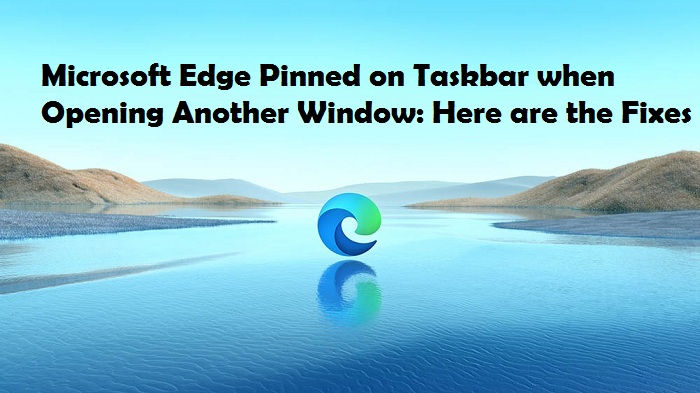USB-C vs USB 3: What Are the Differences
- miawatson786

- Sep 16, 2020
- 3 min read
The USB-C defines the hardware capabilities and the shape of the cable connector. At the same time, as the USB 3 provides information about the data transfer protocol and the speeds of the data cable. All in all, USB-C is the port type, and USB 3 denotes the data transfer rate. To know more differences between both follow the article to the end. In the titles mentioned below, we have described in detail the differences between USB-C and USB 3.

In an overview, USB-C is a term for a USB connector. It has a comparatively smaller shape than all other USB plugs. It is a reversible connector where you can charge or transfer data back and forth. It has up to 100 watts capability.
On the other hand, USB 3 is a term that is used for USB cable type or technology which offers data transfer speeds of over 5 Gbps. It is compatible with various USB connectors and includes 3.1 versions up to 10 Gbps. USB 3 represents a generation of USB cables like USB 3.0 and USB 3.1.
USB-C vs USB 3: Data Transfer Rates
You can use USB-C with any type of USB cable. It does not have an effect on the speed of data transfer.
USB 3, on the other hand, offers up to 5 Gbps speed in its 3.0 version, up to 10 Gbps in its 3.1 version. USB 3 was introduced in 2008, with improved USB data transfer speeds in USB 3.0, i.e. up to 10 times faster than USB 2.0. In 2013, when the USB 3.1 standard launched, it doubled the data transfer speeds with up to 10 Gbps. If you need a USB cable having high-speed data transfer rates, opt for USB 3.0 or higher, regardless of the type of connector.
USB-C vs USB 3: Ease of Use
USB-C offers over 100 watts of power delivery along with the data transfer. It has 24 pins that allow backwards compatibility when used with any type of cable. It has a reversible design which simply means that you will never be going to insert it incorrectly.
USB 3, on the other hand, affects data transfer limits. It is compatible with any USB connector and has a little impact on usability.
When it comes to ease of use a USB type comes first as the USB A and B type cables depend on the way of insertion of the cable pin, but the USB-C connectors don’t matter which way you insert them as they have that kind of pins.
USB-C vs USB 3: Compatibility
It is recommended to use USB-C with oval USB-C port. The USB-C is also compatible with USB 2.0 through 3.1 technology. It is limited to ports that are available.
On the other hand, USB 3 is compatible with every USB connector and any USB technology. It does not have limitations based on the choice of a cable.
Final Verdict
Both, USB-C and USB 3 are different. Since the USB 3 technology is termed as backward compatible technology with all the previous devices and ports, you will enjoy better data transfer rates between the devices.
On the other hand, you would not prefer to purchase a cable with a USB-C connector if any one of the devices you are connecting does not have a port which can support that connector. So, it is always recommended to purchase your cables based on their USB type.
Emily is an avid technical blogger, a magazine contributor, a publisher of guides at Blogs Book, and a professional cyber security analyst. Through her writing, she aims to educate people about the dangers and threats lurking in the digital world. Visit My Site, the-ratings.com



Comments